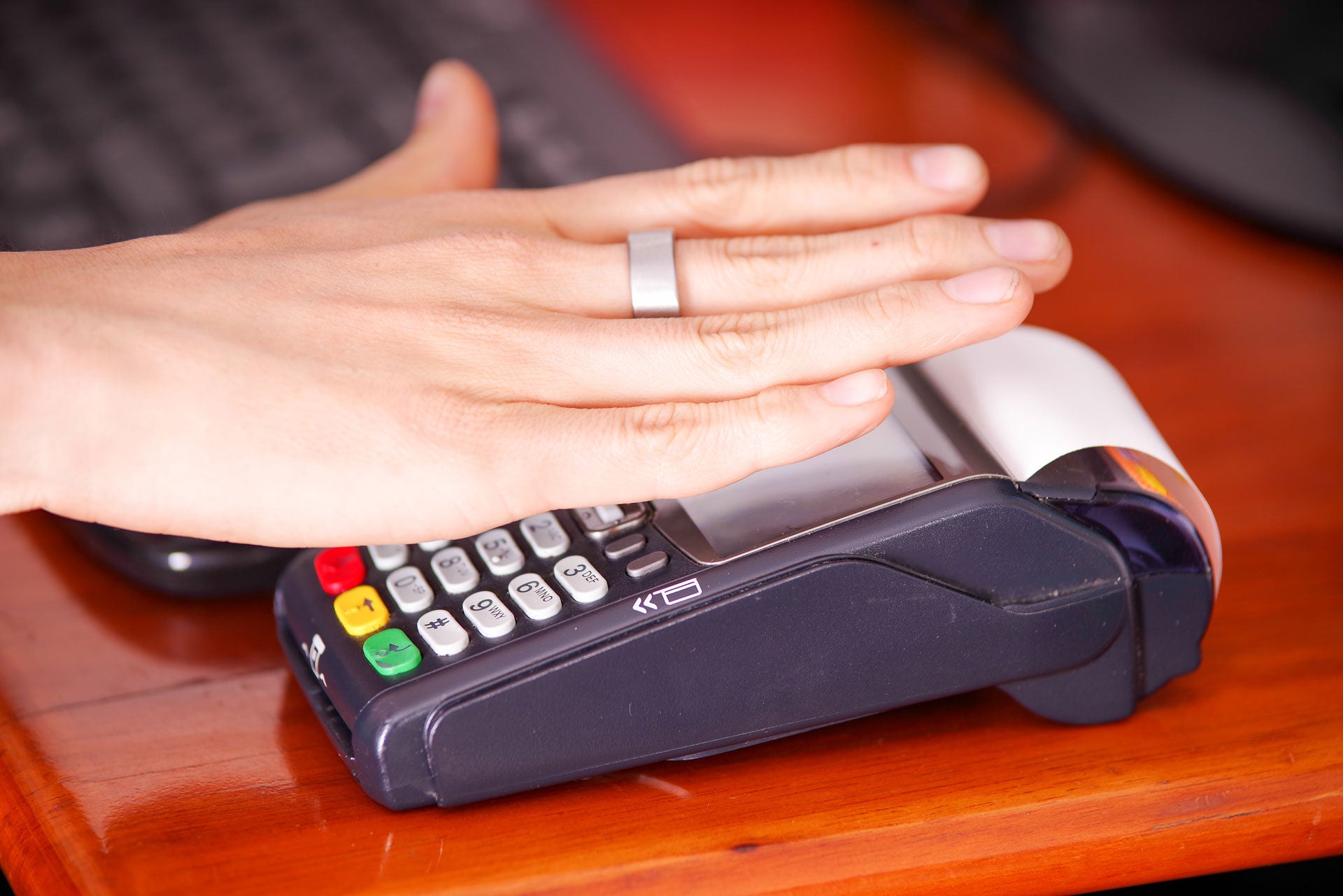
Wearable technology has seen wrist-worn devices surge in popularity, but as the internet of things (IoT) ecosystem expands, smart rings will be the wearable type with the most growth in 2019.
Smart rings are IoT-enabled electronic devices that allow users to carry out all of the functions typically enabled by smartphones and other mobile devices without the need to be tethered to one.
They can not only be used as jewellery, but can even be used to connect smartphones, enable activity tracking and make contactless payments.
For instance, rings can enable users to receive calls, text messages and emails, and share digital information such as pictures, videos, and contact information stored on their smartphones through simple controls and without even accessing smartphone screens.
Smartphones aren’t the only device that smart rings can connect to. The devices can also enable consumers to get instant notifications from activity trackers, and other such connected devices. Such rings operate through gesture control and are equipped with chips and sensors that allow them to perform a wide selection of functions.
The applications driving smart ring adoption
Growing consumer health consciousness is a key factor driving demand for smart rings.Such rings can be used to monitor heartbeat, footsteps, blood pressure and pulse rates, and track stress levels and sleeping patterns.
How well do you really know your competitors?
Access the most comprehensive Company Profiles on the market, powered by GlobalData. Save hours of research. Gain competitive edge.

Thank you!
Your download email will arrive shortly
Not ready to buy yet? Download a free sample
We are confident about the unique quality of our Company Profiles. However, we want you to make the most beneficial decision for your business, so we offer a free sample that you can download by submitting the below form
By GlobalDataBy enabling access control, and user authentication, smart rings also enable safe contactless mobile payments.
However, it is the increasing sophistication of network technologies that is making this technology possible and appealing to users.
Expanding IoT ecosystems are growing the capabilities and use of connected devices such as smartphones, tablets, wearables and easily accessible smart connectivity devices. In addition, increasing adoption of cloud computing applications will also drive demand for smart rings, as cloud platforms provide storage and on-demand accessibility to data that is essential for many of the functions of smart rings to work.
Lower prices and longer battery lives are also making the devices more appealing to consumers.
Android seeing wearables rise
While such rings are designed to be able to work on various operating systems such as Microsoft Windows, Android, and iOS, those designed for Android are gaining more prominence due to a large global user base of active Android devices, and easy compatibility of these devices with other products.
Bluetooth-enabled smart rings continue to dominate the market, as these devices can easily be integrated with smart devices. On the other hand, the adoption of NFC-enabled smart rings is comparatively low as they need Wi-Fi connectivity for integration with smartphones.
At present the key players operating in the smart rings market include McLear, Motiv, Fujitsu, Mota Group, Logbar and Ringly.
However, some companies are focusing on the development of advanced smart rings with personal access control and security features. For example, in January 2018, McLear and Bankwest signed a partnership agreement to introduce Bankwest Halo, Australia’s first payment smart ring.





Related Company Profiles
Fujitsu Ltd